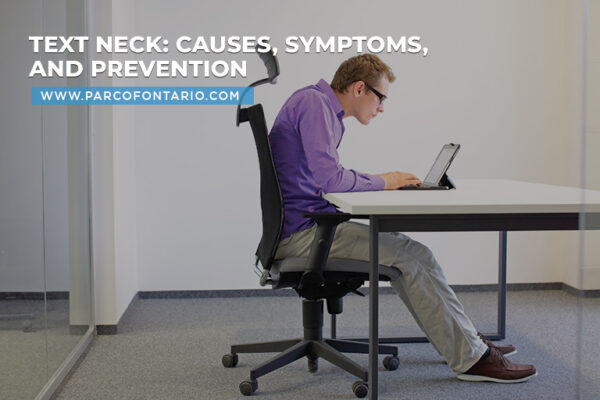
Text Neck: Causes, Symptoms, and Prevention
Many of us spend long hours hunching over our electronic mobile devices and laptops. As we spend more time texting, browsing social media, and reading on our devices, this constant downward gaze…
Read More
Physical therapy may have been associated with adults perhaps because this form of treatment have been shown to be very effective and successful in managing conditions commonly encountered by adults. But the benefits of physical therapy go beyond those enjoyed by adults. Physical therapy has been proven very beneficial also to infants, children, and adolescents.
What is Pediatric Physical Therapy?
Commonly called pediatric physical therapy, this branch of physiotherapy treatment concentrates on health issues affecting medical disorders in children. Pediatric therapists have been specifically trained to diagnose, treat, and manage disorders in children that may include developmental, neuromuscular, skeletal, congenital, and acquired diseases or conditions. Given focus in the therapy would be the improvement of balance and coordination, strength, endurance, motor skills, and cognitive functions.
Objectives of Pediatric Physical Therapy
Through the programs implemented by the therapist, the child may be able to achieve independence, increase participation in various activities, enhance motor and development skills, improve strength and endurance, increase learning opportunities, and eases care giving work by family members.
How are Objectives Achieved?
In achieving these objectives, a team of physical therapists coordinates in developing a program that will address the specific needs of the child as well as the goal of the family. This is done by conducting a thorough examination and assessment of the patient using proven methods in the field of physical therapy. This is done while taking into consideration the unique situation, condition, and limitations of the child.
After getting all the required data from the extensive examination and evaluation, a program may then be developed using specialized skills that have been proven effective through the years. These may include manual manipulation and other physical therapy techniques including the use of tools and modalities, strength and endurance exercises, breathing training, motor skills development training, recreational or play therapy, adaptation to daily activities with focus on the child’s special needs, and may even include the use of adaptive technology such as orthotics.
Health Conditions Addressed by Pediatric Physical Therapy
Based on past experiences and results of research works, pediatric physical therapy have been found to be beneficial in a wide range of medical and health conditions that affect children. These may include neurological disorders, musculoskeletal diseases, orthopedic disabilities, brain-related injuries, burns and wounds, and even those who may have suffered from stroke.
In addition to addressing physical needs, a therapist may help the child in many aspects such as motor skills developments, balance and coordination, mobility problems, and general developmental training of the child. Children who may have been disabled or born with existing conditions have been shown to greatly benefit from physical therapy not just in the physical aspects but also in the improvement of the child’s psychosocial wellbeing.